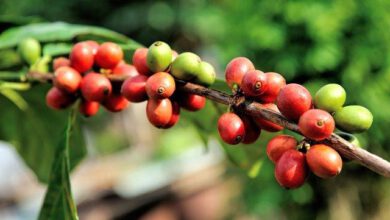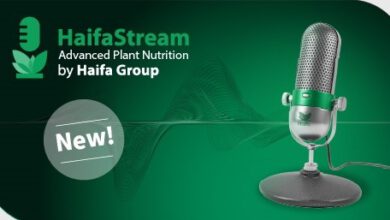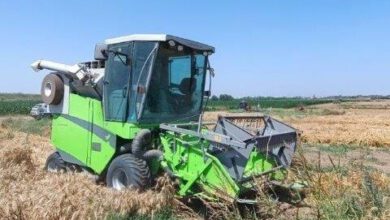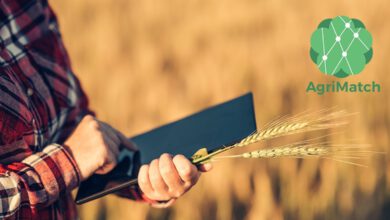Timing Fertilizer Application for Deciduous and Evergreen Orchards
Fertilization management relates to providing nutrient elements efficiently throughout the season according to the tree's consumption
Yaron Yutal yaron@deshengat.co.il Chief Agronomist, Gat Fertilizers
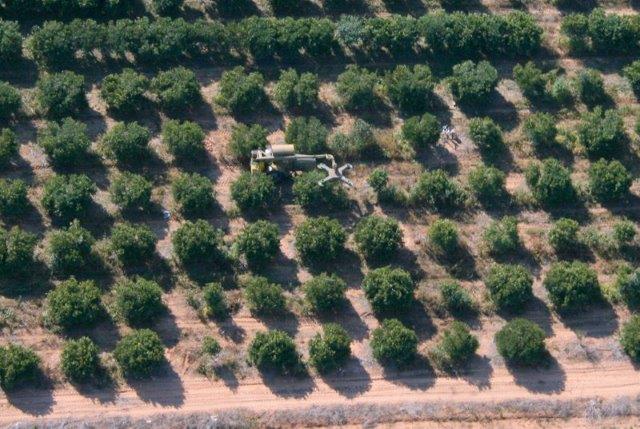
orchard fertilization management is of great importance for proper, efficient nourishment of the trees. it’s necessary to address the specific species of orchard and sometimes the different varieties of fruit trees fertilization management differs considerably between deciduous trees and evergreen orchards (subtropical, citrus, olive trees and bananas, , etc.).
fertilization management relates to providing nutrient elements efficiently throughout the season according to the tree’s consumption, assuming that we know the quantity of nutrient elements necessary for orchard fertilization and taking into consideration the species of plant, its expected yield and perform soil/leaf analysis.
the uptake of nutrient by deciduous trees, citrus and subtropical trees begins at a slow rate from the beginning of root growth in early spring, with an increasing rate of uptake as the canopy and fruit develop, until the leaf shedding stage. during this period fertilization management has to be optimal as to composition of and quantity of nutrient elements. the remaining questions is, when to start decreasing their rate and when to conclude the fertilization
for deciduous trees determining optimal fertilization management is complex, and accordingly,there are various professional approaches.
for nitrogen fertilization it is usual to apply about 50-70% of the seasonal dose of fertilizer up to 2 – 3 weeks prior to harvest. the remainder nitrogen being applied after harvesting until late autumn. the main problem is in early-ripening varieties in which blossoming, and plant growth begins while the root system is not yet active, due to low ground temperatures. nevertheless, the standard recommendation to begin fertilization early on with “technical irrigation application” for only purpose is fertigation, even if the orchard’s soil is sufficiently wet.
this method is undoubtedly inefficient, since root activity is minimal and late spring rains may leach the nitrogen deep into the soil to the where the root system is still dormant.
in several studies, carried out primarily on apples, it was found that 80% of the nitrogen in the tree’s developing parts until the budding stage, and sometimes even later stages (in june), came from stored nitrogen from the previous season, that accumulated primarily in the roots, and only 20% of the nitrogen in the young organs originated from current uptake.
we may conclude from this that nitrogen fertilization is extremely important until the later stage of leaf shedding, in order to charge the root system with nitrogen for the following season, primarily in early ripening varieties.
nitrogen fertilization after the harvest does indeed encourage more vigorous plant growth that requires more labor for pruning. however, it contributes significantly to charging the roots with nitrogen to be utilized during blossoming at the beginning of the following season.
phosphorus fertilization of deciduous trees has less influence on the tree’s canopy development, contributing to vigorous radicle development at the beginning of the season when being absorbed by the roots. phosphorus influences the intensity of blossoming and budding but fall fertilization with phosphorus has no known advantage.
potassium fertilization of deciduous trees has less influence on tree development.
it is usual to fertilize with potassium according to the annual amount removed.
due to its limited movement in silt and clay soils, it is not immediately available to the root system at the depth at which the most active roots are found. continuous potassium fertilization throughout the season increases the odds of being transported to the depth of the cross-section. fall potassium fertilization is recommended as part of seasonal fertilization management.
in evergreen orchards (subtropical, citrus and bananas), fertilization management is simple, but there are varying professional approaches.
for nitrogen fertilization it’s customary to give the initial dose of nitrogen at beginning of spring and onwards, till several weeks prior to harvest, according to the species. it’s not customary to do fall, except for mangoes whose harvest during the summer.
suspending fertilization prior to harvest is recommended in order to quicken the change in color and promote earlier ripening of citrus trees, or in order to prevent surplus nitrogen that shortens the fruit’s shelf-life.
for orchards irrigated with wastewater, there is no actual break in fertilization, and no essential differences were found at harvest time or in fruit shelf-life.
for species fertilized in the autumn that continues up to the start of the rainy season.
even during the winter, the trees continue to develop their canopy and fruit to growth, so that currently there is tendency is to apply fertilizer to avocado trees and bananas during the winter as well.
root system have limited activity due to low temperatures, and it is reasonable to assume that the primary supply of nitrogen is from the nitrogen stores in the roots, and a bit from the trunk.
phosphorus fertilization in evergreen orchards, similar to deciduous orchards, contributes to vigorous development of radicles at the beginning of the season when being absorbed by the root. phosphorus influences the vigor of blossoming and budding.
potassium fertilization in evergreen orchards is similar to the deciduous orchards. fall potassium fertilization is recommended as part of seasonal fertilization management.
yaron yutal – chief agronomist, 972-54-4361155

